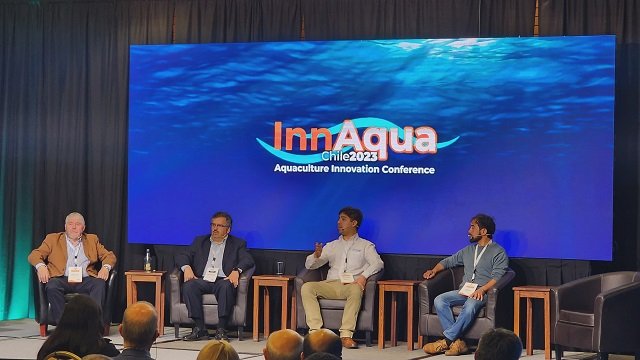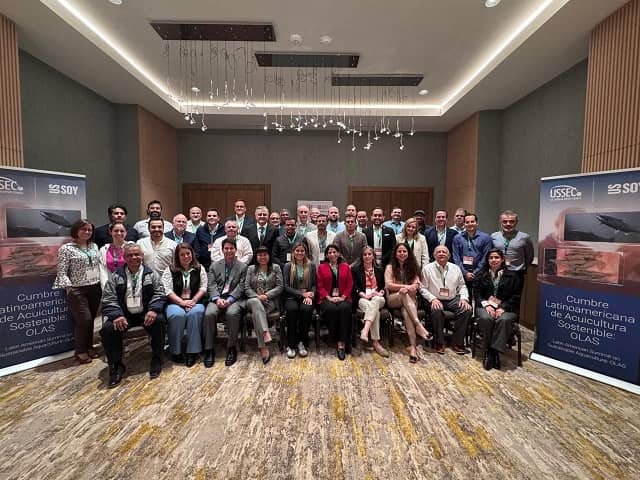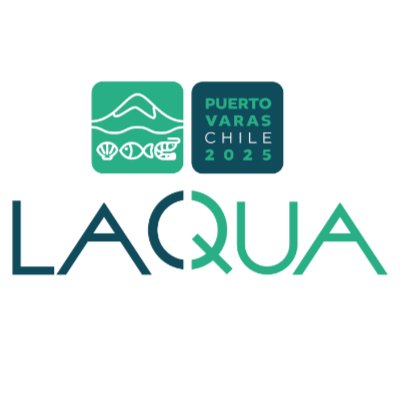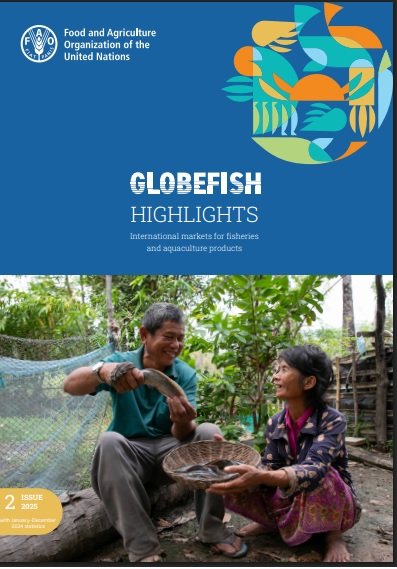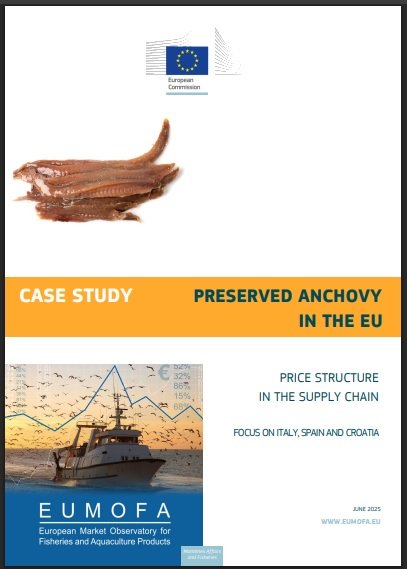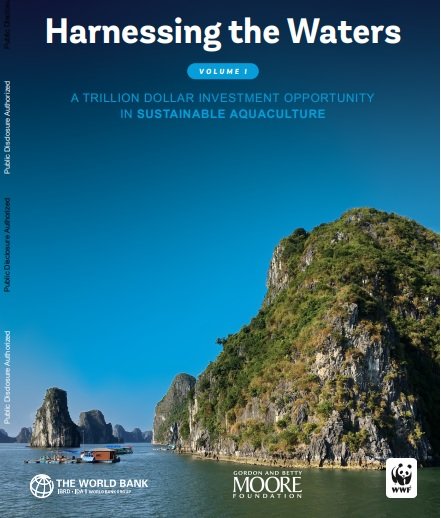news
Preparations for INNAQUA CHILE 2025 advance with the support of salmon farming companies and public agencies
Puerto Varas – In exactly two months, the aquaculture innovation ecosystem of Latin America and Europe will meet again in Chile to participate in the …
Read moreOLAS is born: A new era for responsible aquaculture in Latin America
Participants of the Latin American Sustainable Aquaculture Summit.
Read moreLACQUA 2025: Organizing committee shares details about the upcoming annual meeting of the World Aquaculture Society’s Latin American and Caribbean Chapter
LACQUA25 will take place in Puerto Varas – Chile.
Read more